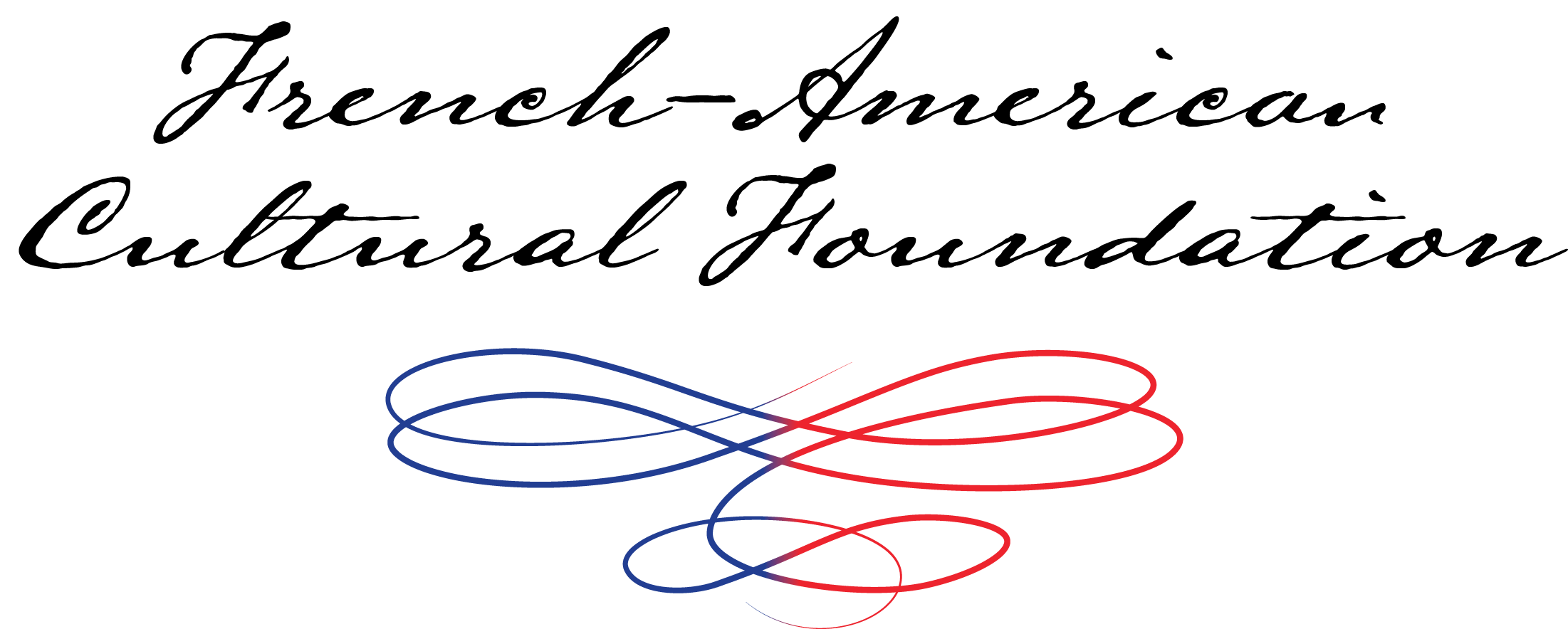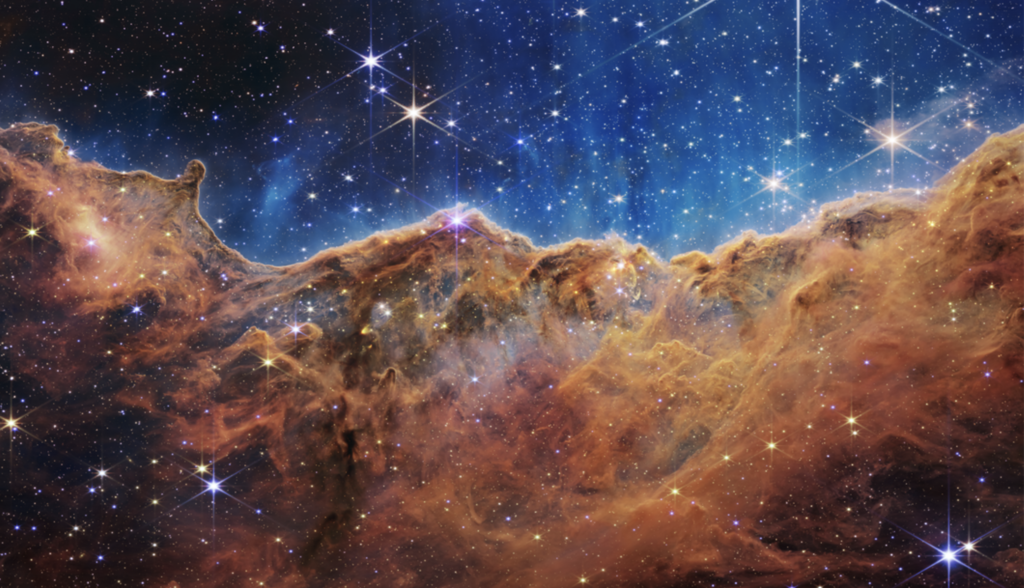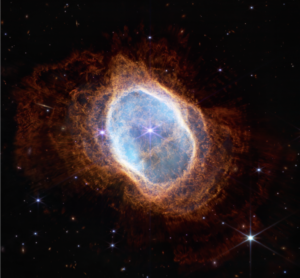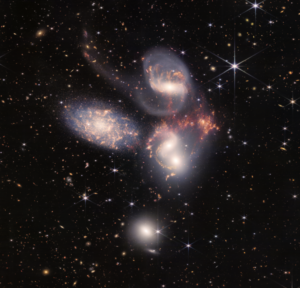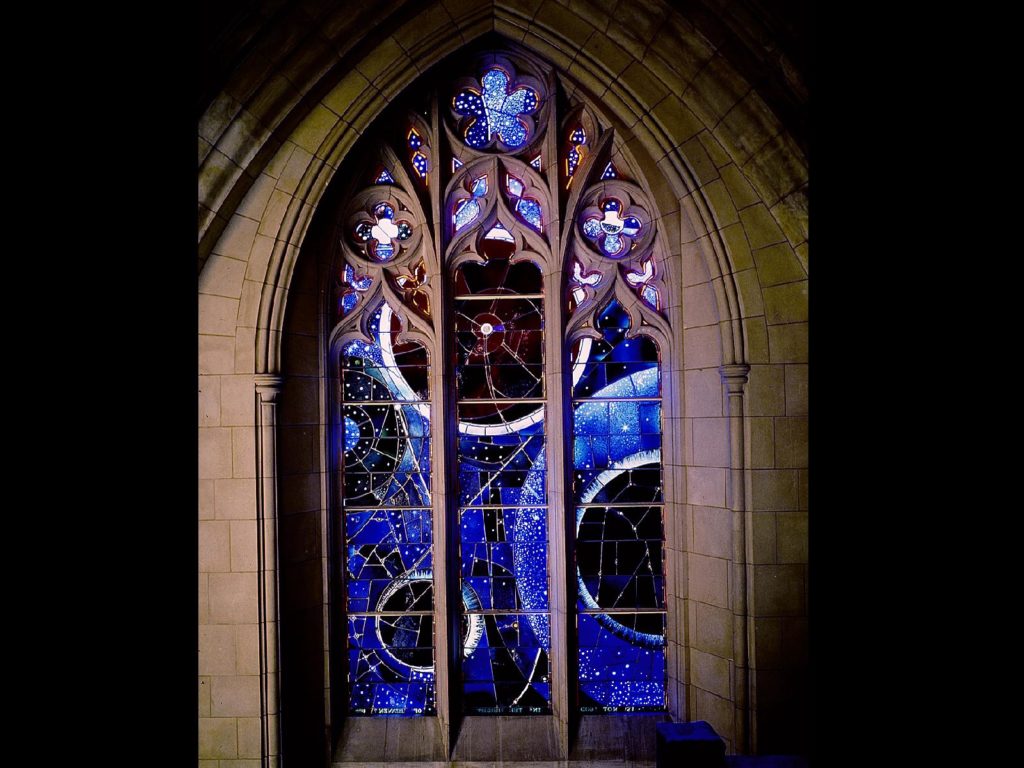 “Sometimes the most scientifically interesting things are also the most beautiful things.” So said Space Telescope Science Institute’s Alyssa Pagan, who is one of the two people who processed the early Webb photos. The word processed is deliberate, for it would be wrong to think that Webb sent finished color images to Earth. Rather, light from the distant universe reached the Webb telescope and was recorded by its cameras and accompanying instruments. Although the images first appear in black and white, the cameras use different filters to capture various aspects of a scene. It is these filters that allowed science visual developers like Pagan and her colleague Joe DePasquale to produce the stunning color images released this month.
“Sometimes the most scientifically interesting things are also the most beautiful things.” So said Space Telescope Science Institute’s Alyssa Pagan, who is one of the two people who processed the early Webb photos. The word processed is deliberate, for it would be wrong to think that Webb sent finished color images to Earth. Rather, light from the distant universe reached the Webb telescope and was recorded by its cameras and accompanying instruments. Although the images first appear in black and white, the cameras use different filters to capture various aspects of a scene. It is these filters that allowed science visual developers like Pagan and her colleague Joe DePasquale to produce the stunning color images released this month.
We can think of this filtering as akin to the process of creating images out of stained glass – a fitting comparison given that it was French-American artist John LaFarge who pioneered a technique for stained glass at a time when the art form was not yet common in the U.S. When LaFarge designed his windows at Trinity Church, Boston, he created individual panes of glass each with their own color. Take a piece of blue glass for instance: white light, which is just the composite of every color, would hit the window, but only blue light would be allowed to pass through the pane. The stained glass has filtered out all unwanted light to produce the desired color, which will then form part of a created image. When Webb filters light from the universe, the process is the same. Each image captures only the parts of space that are the desired color, whether from a nearby star or a far-off galaxy.
A detailed walk-through of how Webb works can be found at the Reuters link below, but, essentially, Webb’s photographic data was sent from the telescope to instrument scientists, who, over the course of three days, refined the data so that it was fit for subsequent image processors. Pagan and DePasquale then took each black and white image and began “stretching” it to reveal all of the universe that lay hidden in the darkest parts of the photo. This process allows the scientists to brighten the dark without altering the light portions of the image. Pagan and DePasquale repeated this process for each filtered version of the image, stretching the dark to reveal the red, green, and blue parts of the scene. Next, the versions are combined to form a colored photo that reveals the whole picture. Pagan and DePasquale thus begin an exercise that is, according to NASA, “equal parts art and science.” They adjust the specific colors and tones, balancing scientific accuracy with aesthetics to craft images where colors draw our attention to specific features of the celestial scene in question. As such, these images are not perfect recreations of what we would see, were we to travel millions of lightyears from home.
But to those disquieted by the fabrication, humans could never see the universe as it exists. In fact, we can only see 0.0035 percent of the universe – in other words a black, unprocessed image. Through Webb, we can “see” ultraviolet and infrared light; as DePasquale explains, “[The galaxies in these images] are appearing the way they would to our eyes if we could see them, if we had the sensitivity of a telescope.”
Webb’s color images have been processed, yes, but this processing is neither abstract nor impersonal. The images could not exist without this process of our own design – one which requires equal parts art and science.
Our picture of the universe will always be our own, but this idiosyncrasy is a strength, not a weakness. Webb’s created images, much like the Washington National Cathedral’s “space” window featuring a piece of moon rock among the stained glass, present us with what we have been able to imagine from an otherwise impenetrable darkness.
Sophie Evans
Further Reading:
An Astrophysicist Breaks Down What NASA’s Webb Telescope Tells Us about our Universe — NPR
General Questions about Webb — NASA
How The Webb Telescope Team Built Those Startling Images— Inverse
James Webb Space Telescope Opens Its Eyes on the Universe — France24
Scientists Marvel at NASA Webb Telescope’s New Views of the Cosmos — NYTimes
The Meaning of Light and Color — NASA
The ‘Space Window’ at National Cathedral in Washington — NASA
Visible Light: Eye-opening Research at NNSA — National Nuclear Security Administration
Webb Delivers Deepest Infrared Image of Universe Yet in Special Briefing — ESA
Webb’s First Images Gallery — Webb Space Telescope
Webb Telescope: Looking back in time — Reuters
